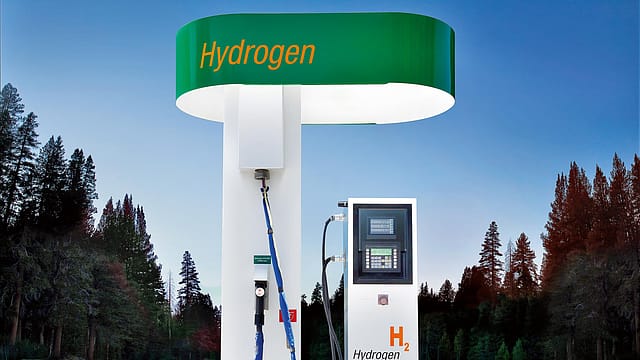India can become energy independent by 2047: U.S. study
ADVERTISEMENT

India can achieve its vision of 'energy independence' by 2047, the year by which it aims to become a 'developed economy', according to a new study 'Pathways to Atmanirbhar Bharat' released by the U.S. Department of Energy’s Lawrence Berkeley National Laboratory (Berkeley Lab).
Examining India’s three most energy-intensive sectors (power, transport, and industry), the study determines that achieving "energy independence" will generate significant economic, environmental, and energy benefits. "This includes $2.5 trillion in consumer savings through 2047, reducing fossil fuel import expenditure by 90% or $240 billion per year by 2047, enhancing India’s industrial competitiveness globally, and enabling India’s net-zero commitment ahead of schedule."
India is the third largest energy consumer in the world and its energy demand will quadruple in the coming decades, thanks to the rapid economic growth. Currently, it must import 90% of the oil, 80% of the industrial coal, and 40% of the natural gas it consumes. "Price and supply volatility in the global energy markets, as witnessed in recent years, strain India’s foreign exchange reserves, resulting in economy-wide inflation," says the report.
Notably, in the Union Budget 2023, the government announced an outlay of ₹19,700 crore for the Green Hydrogen Mission to facilitate transition of the economy to low carbon intensity, reduce dependence on fossil fuel imports. The target is to reach an annual production of 5 MMT by 2030, Union minister of new and renewable energy and power RK Singh said in Parliament last week.
December 2025
The annual Fortune 500 India list, the definitive compendium of corporate performance, is out. This year, the cumulative revenue of the Fortune 500 India companies has breached $2 trillion for the first time. Plus, find out which are the Best B-schools in India.
“The case for clean energy has never been stronger. India has achieved the world’s lowest renewable energy prices and has found some of the world’s largest lithium reserves,” said Nikit Abhyankar, Berkeley Lab scientist and the lead author of the study. “This can propel India towards cost-effective energy independence in a way that is economically and environmentally advantageous.”
The study shows that India’s energy independence pathway would involve the power sector installing more than 500 GW of non-fossil electricity generation capacity by 2030, a goal already announced by the government, followed by an 80% clean grid by 2040 and 90% by 2047.
Nearly 100% of new vehicle sales could be electric by 2035, forecasts the study, adding that heavy industrial production could shift primarily to green hydrogen and electrification: 90% of iron and steel, 90% of cement, and 100% of fertilisers by 2047.
The study finds that India has a unique advantage to leapfrog to a clean energy future since the bulk of its energy infrastructure has yet to be built. It says that India’s growing energy demand offers a significant runway of 15 years for the existing fossil energy assets to transition to clean energy, and that this transition will be important to do in concert with the most affected communities, ensuring an equitable transition for the country’s workforce.
Meanwhile, major steps taken by the government to accelerate the Indian economy’s transition to one powered by green energy include are permitting FDI (foreign direct investment) up to 100% under the automatic route for renewable energy proejcts; waiver of inter-state transmission system (ISTS) charges; and setting up of ultra mega renewable energy parks.
